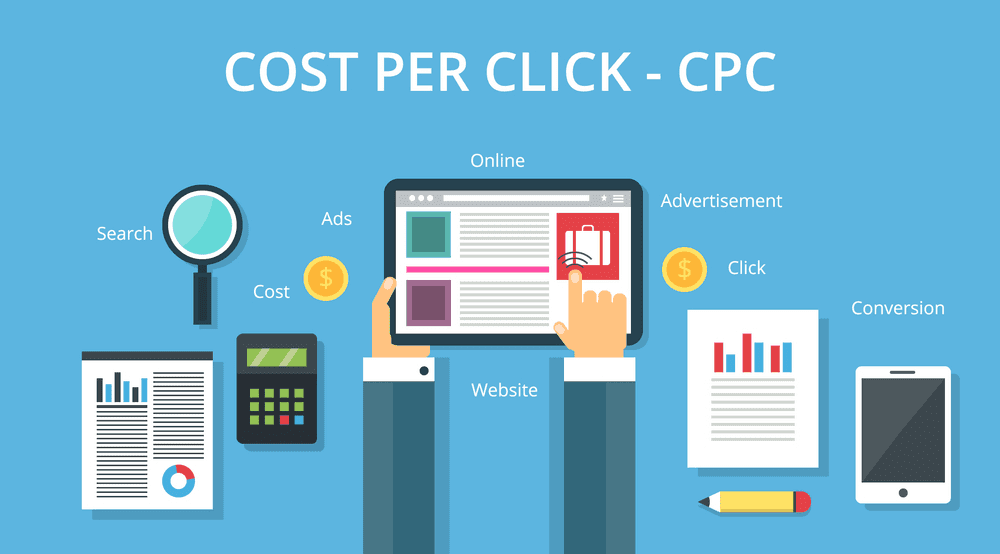Introduction
In the world of online advertising, cost per click (CPC) is a metric that determines how much an advertiser pays for each click on their ads. It is an essential factor to consider when running ad campaigns, as it directly impacts your return on investment (ROI). But what exactly is a good CPC rate? In this blog post, we will explore the concept of CPC rates, factors that influence them, and provide actionable insights to help you optimize your ad campaigns. So, let’s dive in!
Understanding CPC Rates
CPC Connectors rates vary across industries, platforms, and even geographical locations. A good CPC rate is subjective and depends on various factors such as your industry, business goals, and budget. However, as a general guideline, a good CPC rate is one that allows you to achieve your desired conversion goals while keeping your advertising costs within a reasonable range.
Factors Influencing CPC Rates
Several factors influence CPC rates. Understanding these factors can help you optimize your ad campaigns and achieve better results. Here are some key factors to consider:
1. Industry Competition
The level of competition within your industry significantly impacts CPC rates. Highly competitive industries, such as finance and insurance, often have higher CPC rates due to the large number of advertisers bidding for the same keywords. On the other hand, less competitive industries may have lower CPC rates, making it easier to achieve a good return on investment.
2. Quality Score
Search engines like Google assign a quality score to your ads based on factors such as ad relevance, landing page experience, and expected click-through rate. A higher quality score can lower your CPC rates, as search engines reward advertisers who provide relevant and valuable content to their audience. Optimizing your ads and landing pages for quality score can help you achieve a good CPC rate.
3. Ad Placement
The position of your ads on search engine result pages or websites can affect CPC rates. Generally, ads placed at the top of search results tend to have higher CPC rates than those placed at the bottom. It’s essential to monitor and analyze the performance of your ads across different placements to find a balance between visibility and cost-effectiveness.
4. Targeting Options
The targeting options you choose for your ad campaigns can also impact CPC rates. For example, if you target a broad audience, your ads may be shown to a larger number of people, but the competition for those impressions could increase CPC rates. On the other hand, targeting a specific niche audience may result in lower CPC rates and higher conversion rates.
How to Optimize CPC Rates
Now that we understand the factors influencing CPC rates let’s explore some actionable tips to optimize your CPC rates and get the most out of your ad campaigns:
1. Conduct Keyword Research
Keyword research is the foundation of any successful ad campaign. By identifying relevant keywords with moderate competition, you can optimize your ads to reach the right audience at a lower cost. Tools like Google Keyword Planner and SEMrush can help you find valuable keywords with a good balance between search volume and competition.
2. Refine Your Ad Copy
Crafting compelling ad copy that resonates with your target audience is crucial for improving click-through rates and reducing CPC rates. Experiment with different ad variations, headlines, and calls to action to find the combination that works best for your audience. A/B testing can provide valuable insights into what drives higher engagement and lower costs.
3. Improve Landing Page Experience
A well-designed and user-friendly landing page can significantly impact your CPC rates. Ensure that your landing page is relevant to the ad copy and provides a seamless user experience. Optimize your landing page for fast loading times, clear calls to action, and mobile responsiveness. A positive landing page experience can improve quality scores and lower CPC rates.
4. Use Ad Scheduling
Ad scheduling allows you to control when your ads are shown to your target audience. Analyze your campaign data to identify the most profitable times of the day or week and schedule your ads accordingly. By focusing your budget on high-converting periods, you can maximize your ROI and achieve a good CPC rate.
Case Studies
Let’s take a look at two case studies that demonstrate the impact of optimization techniques on CPC rates:
Case Study 1: XYZ Company
XYZ Company, a software-as-a-service (SaaS) provider, wanted to improve their CPC rates for their Google Ads campaign. They conducted extensive keyword research, refining their target keywords to reach a more specific audience. They also revamped their ad copy, highlighting unique selling points and offering a limited-time discount. As a result, their CPC rates decreased by 25%, and their conversion rates increased by 15%.
Case Study 2: ABC eCommerce Store
ABC eCommerce Store aimed to reduce their CPC rates on Facebook Ads. They conducted A/B testing on their ad creative, testing different visuals and ad copy variations. They also optimized their landing page for mobile devices and improved the overall user experience. These efforts led to a 30% reduction in CPC rates and a 20% increase in click-through rates.
Conclusion
Determining a good CPC rate depends on various factors, including industry competition, quality score, ad placement, and targeting options. By optimizing your ad campaigns through keyword research, refining ad copy, improving landing page experience, and utilizing ad scheduling, you can achieve a good CPC rate while maximizing your ROI. Remember, continuous monitoring and testing are essential to adapt to changing market dynamics and evolving consumer behavior. So, start implementing these strategies today and watch your CPC rates improve!
